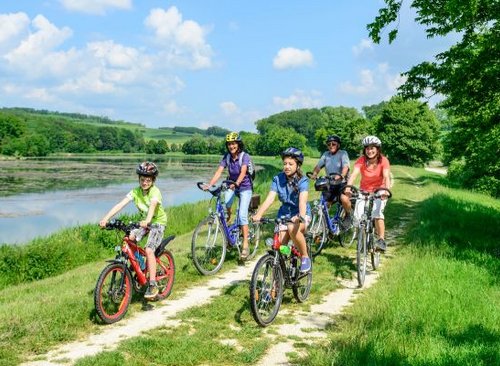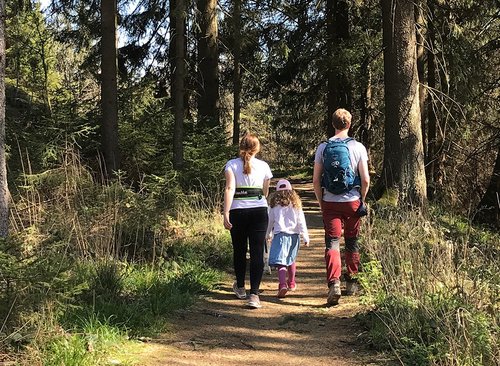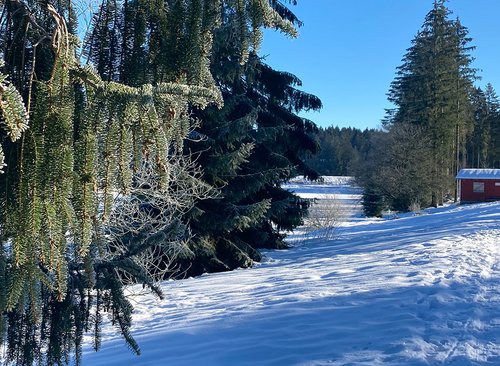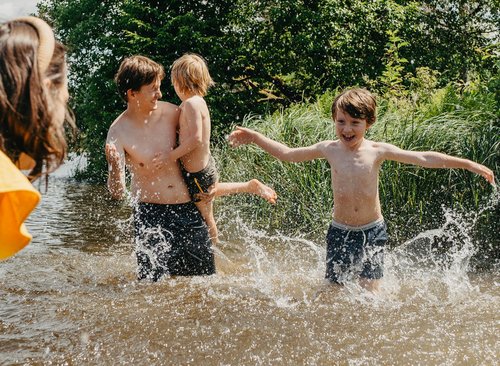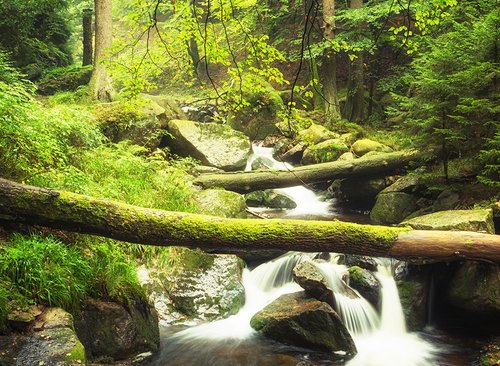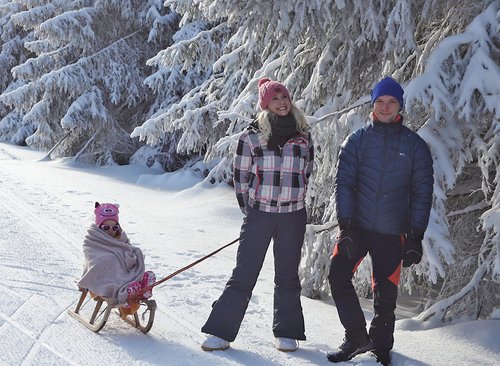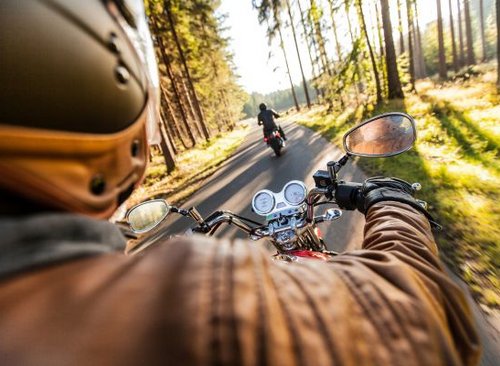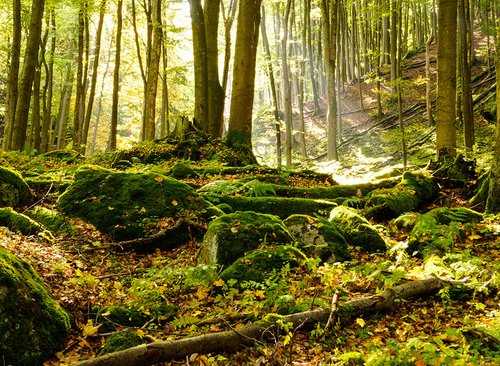Fishing in the Oberharz
Enjoy the fishing season in the Harz Mountains at the Oberharz ponds from 15 April and at the Okertalsperre and Innerstetalsperre from 1 May. The Upper Harz region offers hobby anglers and sport fishermen the best conditions with almost 40 fishable ponds and waters. In addition to the ponds originally created for mining, the Upper Harz Water Management, which has been declared a UNESCO World Heritage Site, you can also go sport fishing in the Oker reservoir.
The Harz waters are hardly polluted, so you can catch zander, perch, carp and eels as well as brown trout and pike. Please note the closed seasons and minimum sizes of the fish! You will find information on this on your fishing licence.
General information about fishing in the Harz Mountains
To purchase a fishing licence (guest licence) you need
- a valid identity card
- an annual fishing licence with a valid fishing tax stamp or
- a valid fishing licence (by passing a sport fishing examination)
Please note:
There is no youth fishing licence in Lower Saxony. Up to the age of 14 (children's identity card must be carried), young people may only fish under the supervision of suitable persons in preparation for the fishing examination. From the age of 14, young people can take the fishing examination, obtain a regular fishing licence and fish without any conditions.
Fishing ponds in the Oberharz - UNESCO World Heritage Site Upper Harz Water Management
The ponds of the Oberharz Water Management have been used to extract drinking water since the cessation of ore mining in the Harz Mountains, but have also developed into a popular fishing area. On an overview map (download overview map) you will find a large part of the Oberharz water management facilities. Today, around 40 ponds are open to sport fishing. You can fish from the banks of the ponds with up to two rods per person. Fly fishing is particularly good at the Hasenbacher pond, the Prinzenteich pond and the Stadtweger pond. For sport fishing at the ponds of the Oberharz Water Management you need the "Oberharzer Teiche fishing licence", which you can obtain from all tourist information offices in the Oberharz.
Prices for the Upper Harz Ponds fishing licence:
- Day ticket: 14.50 €*/15.50 €
- 3-day ticket: 31.50 €*/35.50 €
* with spa card
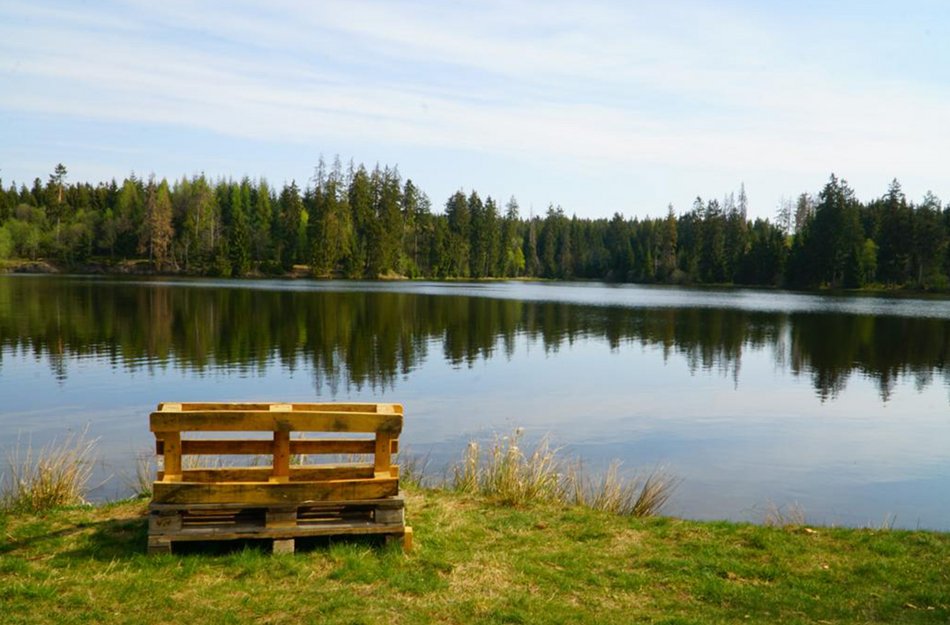
Fishing at the Okertal dam
Fish stocks: Trout and pike
On the banks of the Oker reservoir you can go sport fishing. The reservoir, which was created by the construction of the impressive Oker dam near Schulenberg, stores over 47,000,000 m³ of water and is a popular fishing spot due to its good water quality. You can fish in the Oker reservoir both from the shore and from a boat. For sport fishing from a boat, however, you must bring your own wooden, plastic or metal rowing boat, as there is no boat hire directly on site. The use of inflatable boats or boats with outboard motors is strictly prohibited. To fish at the Oker dam, you need a fishing licence, which you can purchase from the Oberharz tourist information office.
Prices for the fishing licence for the Oker reservoir:
- Day ticket: € 8.00
- Day ticket with boat licence: € 10.00
- Weekly ticket: € 30.00
- Weekly ticket with boat licence: € 35.00
- Season ticket (01 May - 30 November): € 60.00
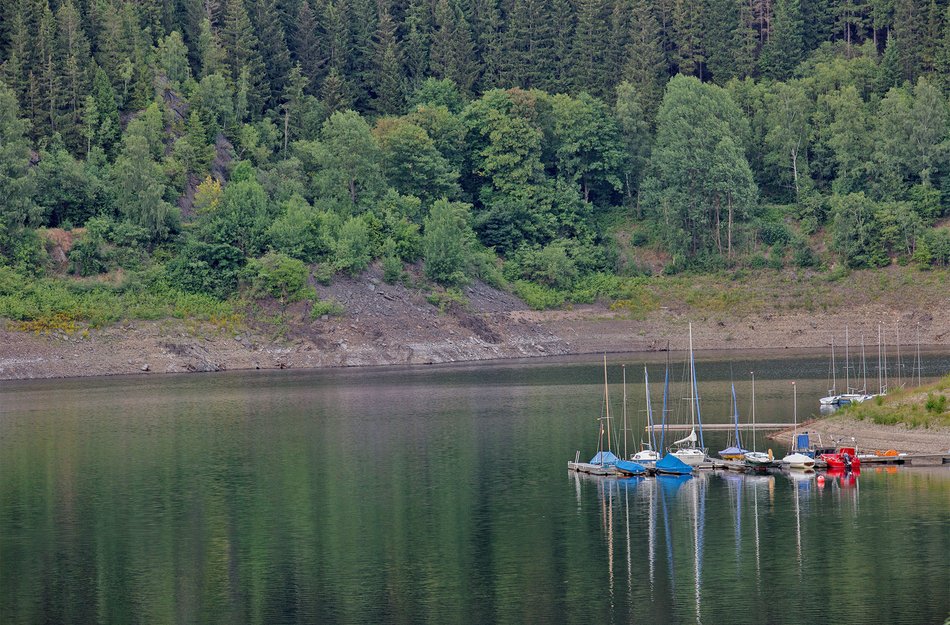
Protected species that you are not allowed to fish for
The protection of nature is very important for a sustainable fishing experience. For example, fish species such as brook loach, bitterling, minnow, nase as well as the nine-spined stickleback and mudminnow are protected species that you are not allowed to fish for. There are also closed seasons for trout, pike and zander that you must observe when fishing. These can be found on the back of the fishing licence.
Fishing at the Innerstetal dam
The Innerstetal dam is located near Wolfshagen and Langelsheim. It is used for flood protection, low water elevation, power generation and as a diversion dam to the Granetal dam for drinking water production. The sustainable use of water as a resource for drinking water production is ensured by maintaining high water quality and must therefore be observed by all users of the water.
To fish at the Innerstetal Dam, you need a fishing licence, which you can purchase from the Clausthal-Zellerfeld Tourist Information Office or the Wildemann Tourist Information Office.
Prices for the fishing licence for the Innerstest reservoir (season: 01.07.-30.11.):
- 3 day ticket 35.00 EUR (the 3 days of validity must be within 7 days)
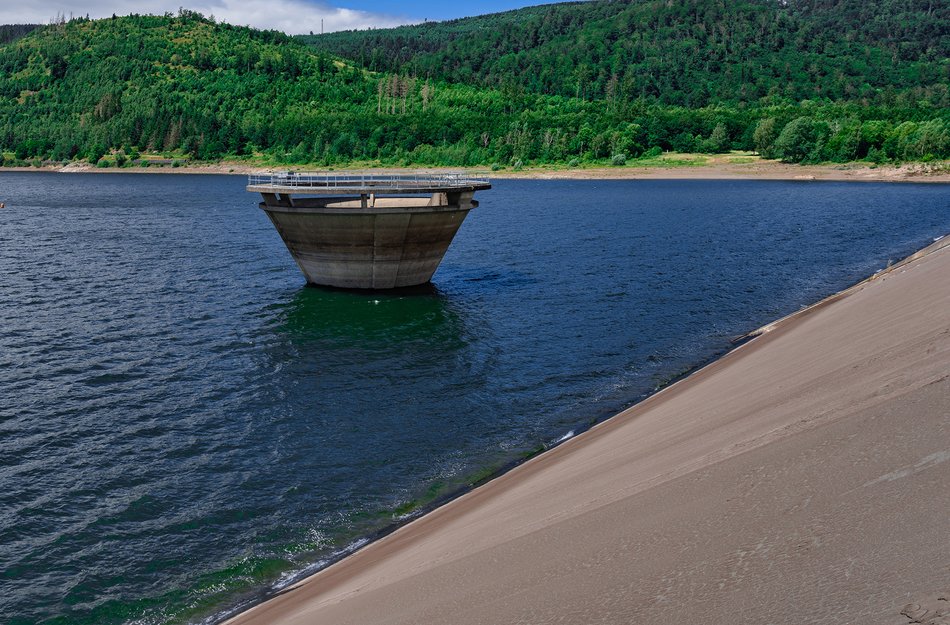
Protected species that you are not allowed to fish for
The protection of nature is very important for a sustainable fishing experience. Fish species such as the burbot (rutte), brown loach, bitterling, brook, river and sea lamprey, alder, bullhead (bullhead), salmon, sea trout, nase, asp, sturgeon, nine-spined stickleback, mudminnow, tailor, European crayfish are protected species that you are not allowed to fish for. All other prohibitions and bans can be found on the back of the fishing licence.
Brown trout
The brown trout is a native freshwater fish that belongs to the predatory fish family and is a popular edible fish.
It prefers to live in cool and calm waters where the water is very rich in oxygen.
The brown trout has an average length of approx. 35 to 40 cm. It is dark green on the back and yellowish on the sides, with dark or reddish spots that are often bordered in blue or white. The belly tends to be yellow.
Brown trout are best fished during the day, especially at midday and in the evening during the summer months.
The perch
The perch is a freshwater predatory fish and lives in the Harz lakes and ponds, among other places. The perch is very adaptable, has a spiky dorsal fin that shimmers yellow-reddish, just like its ventral fin. It has dark stripes on its side. The average length of a perch is 15 to 30 cm. Of course, there are also larger and smaller specimens. This voracious predatory fish likes to stay alone in deep, calm water; only the young can be found in shoals near the shore.
The perch is diurnal and is therefore best caught during the day in the summer months. It is a popular food fish.
The pike
The pike is an aggressive predatory fish, which makes it an exciting target fish for anglers. It is the most common freshwater fish in the world and is therefore also found in the Harz lakes and ponds. It is usually found on the banks of the waters.
You can recognise the pike by its elongated body, the dorsal fin lying far back, the dark back and the shimmering green sides, which often have golden spots. The pike has an average length of around 70 cm. However, it is not uncommon for pike to be over one metre long.
This edible fish is best caught in autumn, either in the morning or in the evening.
The carp
The carp spends most of the day at the bottom or bank of a freshwater body of water. There it searches for food in the mud. From time to time, it will rise to the surface to clean its gills. Carp have an average length of 50 cm and are easily recognisable by their high, black-blue back. The sides are brownish to green-yellowish and the belly is more of a golden colour. There are 4 barbels on the mouth.
The best time to catch carp is in the morning or evening hours in late summer. The carp is one of the most popular edible fish and is particularly popular on the plate at Christmas.








